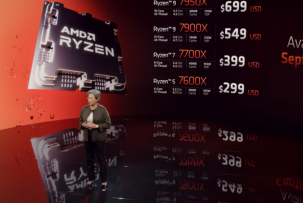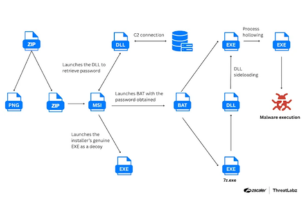Kioxia Creates a New Generation of SSDs for AI: Up to 10 Million IOPS and Minimal Latency
10:55, 10.06.2025
Kioxia has announced the development of a new XL-Flash-based solid-state drive capable of achieving over 10 million input/output operations per second (IOPS) when working with small data blocks. This is about three times faster than the best SSDs currently on the market.
The announcement was made at a corporate strategy meeting, where special attention was paid to eliminating one of the key performance limitations of AI servers — slow data transfer between storage and GPU via the central processor.
Architecture for Maximum GPU Load
The new SSD will use single-level XL-Flash (SLC), which provides minimal response times of 3 to 5 microseconds.
A distinctive feature of the architecture is the use of a specialized controller designed to achieve maximum performance with random access. This will allow graphics processors to be loaded with data with virtually no downtime, which is especially important for modern LLM and RAG systems.
Small Blocks and Peer-to-Peer Transfer: for Generative AI Tasks
Kioxia's AI-SSD is optimized to work with small data blocks, down to 512 bytes, which is ideal for the access patterns of large language models, where frequent random accesses to the parameter database are common.
In addition, the drive will support peer-to-peer transfer between the GPU and SSD, without CPU involvement. This will significantly reduce latency in multi-card configurations, especially when processing large-scale inference queries.
When Can We Expect the New Product?
The official release of the new generation Kioxia AI SSD is expected in the second half of 2026. It is primarily targeted at data centers using AI workloads and is likely to become an important part of the infrastructure for working with LLM, multimodal models, and enterprise RAG platforms.


